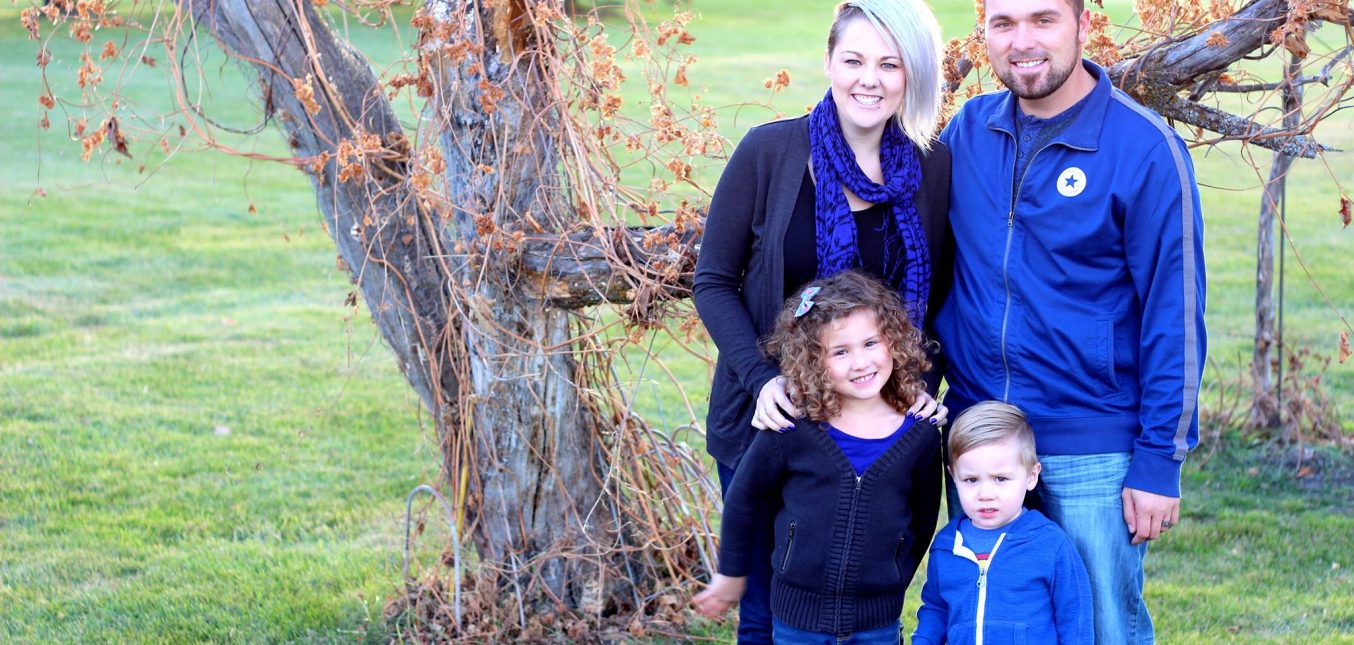Featuring Darci Klassen with her family, free of MS symptoms, leading a healthy life, 2 months post-treatment in Pune, India. In September 2014, Darci travelled to India along with her husband, Dave and participated in the Supraselective Autologous BMMNC trial sponsored by Genesis. Darci’s MS was downgraded from 3.5 on the Expanded Disability Status Scale, down to EDSS 1 within weeks of her therapy.
|
|
Walking gate: Pre-Op and Post-Op comparisonMultiple sclerosis patients who were severely disabled are walking, working and even downhill skiing again following the Supraselective Neutrojen therapy which revalsuclarizes blood pathways in the brain, suppresses the auto-immune attack and triggers neurogenesis. The trial, which is the first in the world to show complete long-term remission from the debilitating disease has been hailed by experts as ‘exciting’ ‘unprecedented,’ and ‘close to curative.’ Out of the 24 patients who were given the treatment at least seven years ago, the majority have seen significant improvements . 75 percent of patients saw a complete stop to the progression of the disease, while 86 percent saw a reversal in symptoms such as vision loss, muscle weakness and balance loss within 10 days. |
Some participants were able to return to work, school, regain the ability to drive, get married and have children. Trial participant Darci Klassen from Steinbach, Manitoba, received her stem cell transplant in September, 2014. Klassen, as featured in this video, demonstrates improvements in her post-therapeutic walking gate in comparison to her pre-op condition. This original video was captured and shared by Darci in early 2015 on Facebook.
Similar trials have been taking place across the UK and the US but none has shown such long term remission. The trial included a total of 50 participants with aggressive, relapsing MS who were followed for up to 5 years after treatment. The autologous procedure involves aspirating bone marrow from the patient and isolating mononuclear stem cells. These stem cells are then administered back into the patient intravenously using the proprietary Supraselective Administration Protocol by catheterized navigation to the jugular veins and implanting the stem cells towards the venous endpoints by utilizing retrograde blood-flow caused by balloon venoplasty and/or a known MS co-morbidity, Chronic CerebroSpinal Venous Insufficiency (CCSVI). Another series of administrations are carried out over the next 4 days by administering mononuclear cells treated with neurotrophic growth factors, into the spinal-canal through lumbar puncture. The resulting revascularisation in the brain gives rise to neurogenesis past the blood-brain barrier. The immediate improvements are clinically tracked through physiotherapeutic and other physiological evaluations. Long term objective followup includes walk tests, clinical diagnosis and end-point Brain MRI to chart reduction in lesion load.

